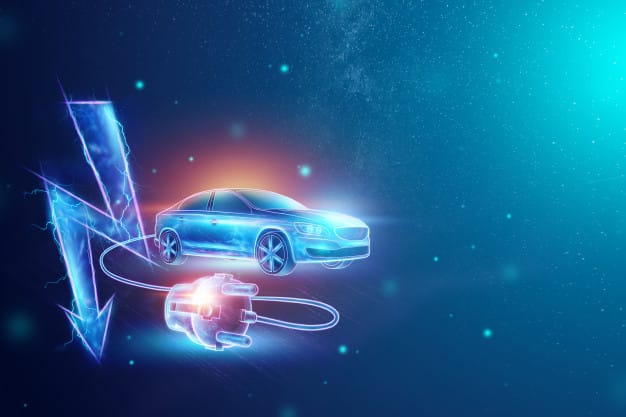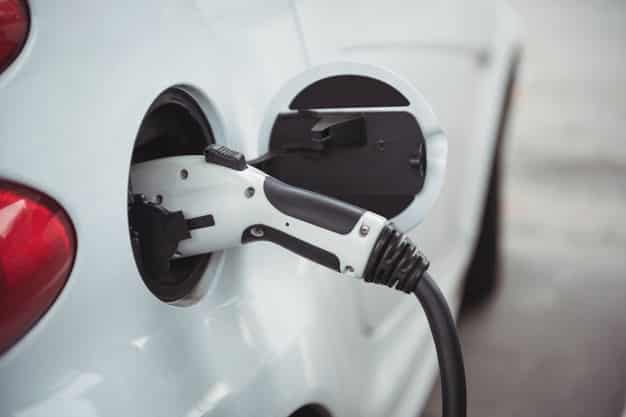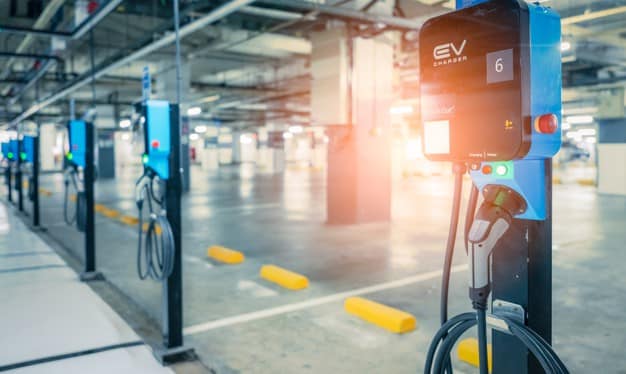Fuel cell vehicles are zero-emission cars that are powered by hydrogen. They combine hydrogen gas and oxygen to make water. And they emit only water vapor and heat as byproducts.
Fuel cells have been around since the 1800s, but it wasn’t until recently that they became practical for powering vehicles. The first fuel cell car was introduced in 2008 in Japan, and the technology has been steadily gaining attention ever since.


Hydrogen fuel cells may finally be coming to a showroom near you in just a few years – Porsche revealed plans for a model at the 2014 Detroit Auto Show, with production slated to start within two years.
Fast forward a few years to 2019 and there are 3 models already available to the public. The Honda Clarity, The Hyundai Nexo and the Toyota Mirai.
So How does it work?
Hydrogen is an element that exists in nature. It is found in water and other compounds. It is also a part of fuels such as natural gas. Hydrogen can be extracted from these compounds and used as fuel in an engine.
It works on the principle of an electrochemical cell. The cell is composed of two electrodes—a negatively charged anode and a positively charged cathode—and a liquid or gas medium in which the reactions occur.


Why is this such a competitive solution?
Hydrogen is a sustainable resource that can be produced from a variety of sources. It can be produced from natural gas and water, and provides the power of gasoline at about the same price. It is also more efficient than gasoline in terms of CO2 emissions.
Advantages are that is has a high energy density and it is lighter than air. It is also safe to use and the by-products are non-toxic.
Challenges
While fuel cells are definitely the future of energy, the development of fuel cells are not easy. The main challenge is that the product is very costly and takes time to develop and therefore puts a damper on it’s popularity for the moment.

In conclusion, the hydrogen economy has been the talk of the town for a few years now and as mentioned earlier there are some hydrogen powered vehicles already available to the public. However, there are still a few things putting a halt in the production of these vehicles. For one, hydrogen is expensive to produce. And it’s not very stable either. In fact, it is very sensitive to both heat and cold. Thus, storing it in high volumes is difficult.
Even so, the popularity around these vehicles are growing in leaps and bounds and will soon be the new normal in our showrooms.
